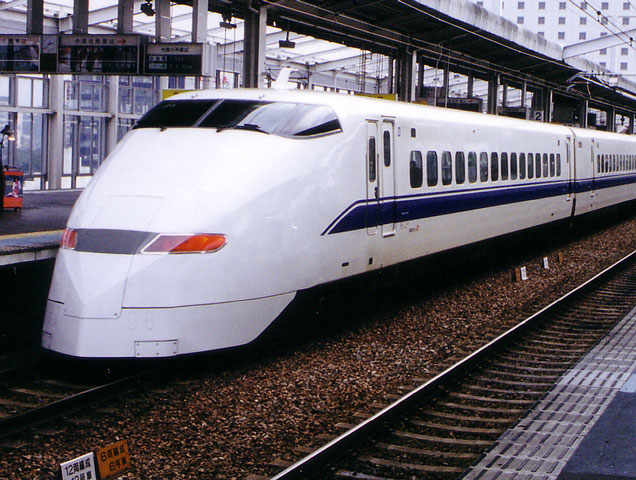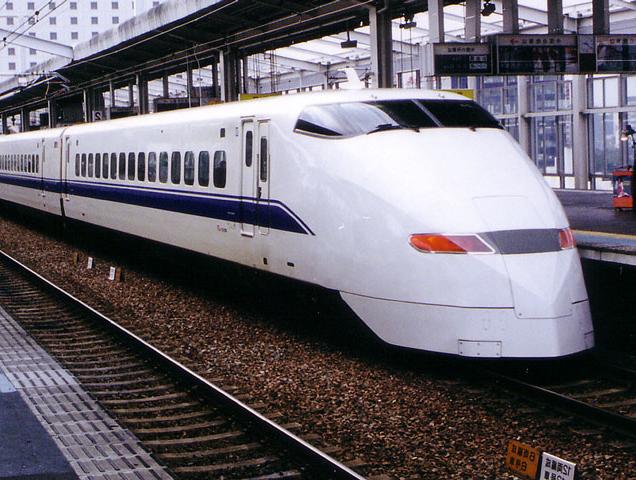Topic 5: The Terrestrial Planets and Terrestrial Worlds
Reading:
Earth and the Terrestrial Planets, Chapter 7
|
We next consider the Terrestrial
planets with the goal of understanding why planets which presumably had
similar origins based on the Nebular theory (roughly the same distance
from the Sun, roughly the same sizes and masses, roughly the same
interior compositions, and probably the same initial atmospheres),
turned out so differently. In particular, we want to understand why the
current conditions on the surfaces of Mercury, Venus, Earth, and Mars
are so different. Their current atmospheric conditions bear strongly
on our thoughts about how prevalent life will be in our Galaxy,
the Milky Way galaxy.
There is something known as the Habitable Zone
in our Solar System where astronomers think planets may develop conditions
suitable for life. To help us pin down this region, we use
Life As We Know It (LAWKI), that is, life as defined by life
we find on Earth, to guide us. Crucial for
LAWKI are
liquid oceans. This need leads to definitions for the
Habitable Zone in our
Solar System. With defined ideas about
Habitable Zones, we may search for extra-Solar
life in more efficient ways.
PROPERTIES OF THE TERRESTRIAL PLANETSa
Property |
Mercury |
Venus |
Earth |
Mars |
Moon |
Io |
M/ME |
0.055 |
0.825 |
1 |
0.107 |
0.0123 |
0.0149 |
Radius |
2,439 km |
6,051 km |
6,371 km |
3,390 km |
1,738 km |
1,815 km |
Temperature |
333 F (average) |
867 F |
59 F |
-85 F (average)
|
-13 F (average) |
|
Atmosphere (%) |
H,He,O,Na |
CO2,96%;N2,4% |
N2,79%;O2,21% |
CO2,95%;N2,3% |
He,Ne,Ar,O |
|
Pressure |
10-14 bars |
90 bars |
1 bar |
0.0065 bars |
3x10-15 bars |
|
Density,ρ(g/cm3) |
5.44 |
5.25 |
5.51 |
3.93 |
3.34 |
3.55 |
Interior (%) |
Fe,70%;O,Si,Mg |
Fe;Ni;O;Si;S;Mg |
Fe,35%;O,3%;Si,15%;Mg,13% |
Si;Fe;O;Mg |
similar to Earth, but different mix |
|
Magnetic Field, Bb |
3x10-7 Tesla |
... |
3x10-5 Tesla |
... |
... |
|
aWe make a more loose definition of what we
mean by a Terrestrial planet.
We define
a Terrestrial
planet as one whose density
is larger than around 3 grams per cubic centimeter
(g-cm-3) with a diameter greater
than around 2,000 kilometers. Our definition is loose
and so the Terrestrial
planets include at least the objects
Mercury
,
Venus
,
Earth
,
the Moon
,
Mars
,
and the Galilean moon of Jupiter Io.
bFor a sense of these magnetic fields, a typical refrigerator magnet
has a strength of 0.001 Tesla. Among the strongest magnetic fields are those
in MRI machines. They typically have field strengths of 1.5 Tesla.
EVOLUTION OF TERRESTRIAL PLANETS
The way in which the Terrestrial
planets evolve can be understood through
consideration of:
I. The structure and evolution of their interiors
II. How and why their surface features change with time
III. The origin and evolution of their atmospheres
I. INTERIORS OF THE TERRESTRIAL PLANETS
We now begin with our discussion of the interiors of the Terrestrial planets.
We are primarily concernted with why the atmospheres are so different today.
It turns out that the interior structures of the planets have much to do
with this issue. Whether the current interiors of the planets are
hot or cold strongly affects why
Venus, Earth, and Mars turned out so
differently. For example:
- Whether a planet has a hot or cold interior affects whether
the planet displays an active geology which, interestingly,
is crucial for the path the evolution of the Earth's
atmosphere followed.
- Whether the interior is hot
or cold affects whether a planet has a magnetic field which,
surprisingly, played a major role in the way the atmosphere of
Mars evolved.
- Whether a planet or a moon has a hot or cold interior affects
the way in which we think about the moons of Jupiter and Saturn and
whether they can support liquid oceans and so
their likelihood as places where LAWKI
may happen.
We examine the Earth and Moon
because these two objects will bracket the types of behavior exhibited by
the Terrestrial planets. The Earth is the most massive Terrestrial
planet and the Moon is one of the lowest mass Terrestrials. Furthermore,
these two objects are the most well-studied of the Terrestrial planets.
How do we learn things
about the interiors of planets? |
 |
PROBES OF THE INTERIORS OF TERRESTRIAL PLANETS
- Density tells us about the chemical compositions
of the interiors of the planets
- Seismology tells us about the mechanical structure of the interiors of the planets
- Magnetic Fields tells us about electrical
and other properties in the interiors of the planets; to maintain a planetary
magnetic field requires a conductor that can flow (like a liquid) and rotation








